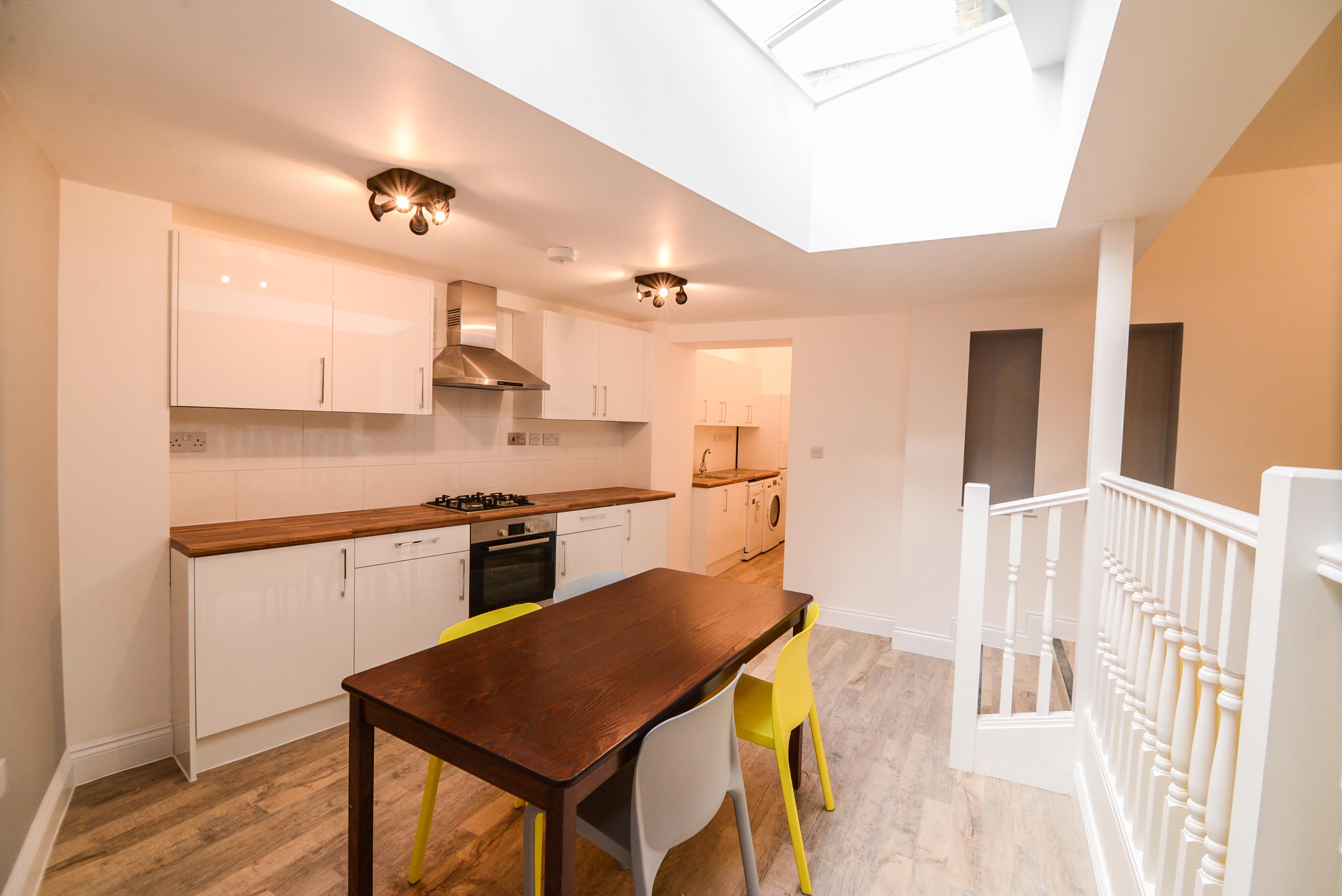Property Market Gets a Budget Boost So Are Things Looking Up What Next For House Prices
The Budget put the property market back on center stage, while better mortgage deals have been delivered by the Funding for Lending scheme.
Map showing the current level of affordability of property in England, calculated by measuring average prices against average earnings of residents
The property market outlook
Stuck for growth, George Osborne resorted to a tried and tested British economic tactic in his Budget – roll the dice on the property market.
A new Help to Buy scheme will be introduced to complement the existing New Buy scheme, allowing all home buyers rather than just first-time buyers to take advantage of shared equity loans of up to 20 per cent of a new build home’s value.
This means that now home movers can join first-time buyers in being able to bump up their deposit with the help of an interest-free loan for any new-build home worth up to a hefty £600,000. If they put down 5 per cent, then they can borrow an extra 20 per cent to get to a 25 per cent deposit level and access better mortgage rates and lower monthly payments.
Taking another crack at helping out our nation of homeowners, Mr Osborne added a new mortgage guarantee scheme to the mix, which will help mortgage lenders provide loans to those with small or no deposits by using the Government’s balance sheet to back them.
Only a rough outline was sketched but Mr Osborne’s talk was of backing lending of £130bn, starting in 2014 and running for three years.
To put that into perspective the current Funding for Lending scheme pot is £80bn and gross mortgage lending last year totalled about £140bn, according to the Council of Mortgage Lenders.
The problem with this new property boom plan, of course, is that the life support machine of 0.5 per cent base rate means the last property bubble hasn’t even properly burst yet, with prices still near historic highs compared to earnings despite the slump in transactions since 2007.
What’s happening to house prices?
The national property market is more fragmented than ever before, with the bright spots being all about location, location, location.
In the bigger picture London and the South East are riding high but other regions are suffering, while if you drill down further a postcode lottery is the order of the day.
It can rarely have been more true that the distance a few miles make can be huge.
While a desireable town or district may have buyers chasing down properties and driving selling prices up, a less in-demand spot just down the road could see properties piling up unsold.
The ups and downs of the property market since 2007 can be seen in our map above. It highlights where house prices have got more and less affordable since 2007.
If you want to move home, knowing your market and pricing sensibly is essential. That means looking beyond the headline prices we highlight here and doing some good old-fashioned groundwork closer to home.
The Office for National Statistics says house prices fell 0.7% month-on-month in January, but were up 2.2 per cent year-on-year.
House prices edged higher in February and the average home now costs the same as this point a year ago, according to Nationwide.
The building society reported that the price of the typical home stands at £162,638, up £393, or 0.2 per cent, from January. Despite the recent uplift in house prices, average prices are unchanged compared with a year ago.
In contrast, Halifax says that house prices rose by 0.5 per cent in February, which means they are up by 1.9 per cent in the last three months compared to the same period 12 months ago – their biggest year-on-year growth since September 2010, Halifax reported.
The average house price moved up to £163,600, though that remains 3 per cent below the last peak of £168,593 in April 2010 – and 18 per cent below the all-time high on the Halifax measure of £199,612 in August 2007.
The Land Registry’s most recent quarterly data, which provides the broadest measure of actual house prices paid across the board, showed a decline in the months to December 2012 but prices up year-on-year.
The average price for all property was up 4.3 per cent annually to £238,293, but that was a 4.7 per cent fall over the three-month period. The quarterly Land Registry data is broader than the more widely published monthly data and includes both new-build home sales and properties that have not been sold at least once in the past 17 years.
A gradual property market improvement could be seen over the course of the year if the Bank of England’s Funding for Lending scheme keeps pushing down mortgage rates and making more money available to borrowers.
Rates have come down substantially with best buy five-year fixes for those with a 40 per cent deposit below 3 per cent and deals for those with a 10 per cent deposit below 5 per cent.
However, many still see getting a mortgage as a tough task, so confidence is fragile, says the Building Societies Association (BSA).
Two-fifths (42 per cent) still see access to mortgage finance as a barrier to buying a home but this is the lowest percentage recorded since the BSA began its study at the height of the credit crunch in June 2008.
The headwinds facing the market
The big potential stumbling blocks for the property market.
- Interest-only mortgage crackdown
- Austerity measures and the eurozone crisis
Lenders have made it much tougher to take out cheap interest-only loans, which had helped prop up the property market. A squeeze on interest-only has been in place since the financial crisis hit but has dramatically stepped up a gear last year.
The effects of this should not be underestimated.
Those with existing interest-only mortgages are finding their lenders will not let them borrow more to move unless they switch to a repayment loan which comes with much higher monthly payments, this is a reduction in credit and will exert downward pressure on prices.
The second problem is that lenders are still cash-strapped and the eurozone debt crisis is weighing heavily on the banking sector – it may have contributed to a dramatic fall in swap rate money market costs and the fixed rate mortgages that these heavily influence, but if things get worse banks will find their balance sheets hammered.
Government cuts filtering through, as the UK tries to balance the books, mean public sector job losses, higher taxes and a dip in confidence.
The cost of moving is also sky-high. Those buying family homes in areas where a relatively modest property of this kind costs more than £250,000 face a stamp duty bill of at least £7,500, add estate agent and solicitors’ fees and moving can set a normal family back £15,000 or more, without even having to find the extra cash for a 25% deposit on a more expensive home.
Buyers vs sellers: the great stand-off
Estate agents still report a stand-off between sellers and buyers, with the former reluctant to cut prices and the latter unwilling to pay over the odds.
Home sellers must either have a desireable property to sell in an in-demand area or be willing to lower their expectations, if they want to get a sold sign up outside their house.
But the real mark of this housing slump is not the statistics based on mortgage approval figures (Halifax and Nationwide) or even sold prices (Land Registry and others), it is what’s happening to the homes that aren’t selling.
With buyers seriously limited, properties that don’t tick all the right boxes are sitting on the shelves unless sellers are willing to cut the price, and with low rates keeping forced sellers to a minimum many are just sitting unsold.
Inflation and paying off your home
One of the effects of the rapid inflation in property prices since the early 1980s is that it paid off a generation’s mortgages.
Those who bought a home in the 1980s to early 1990s, and then held on through double-digit interest rates and the 1990s crash, have emerged with properties that have risen to be worth five to ten times their mortgage.
The average UK property cost £30,898 in 1983, according to Halifax, and £198,500 in September 2007 ‘ an increase of 542 per cent. Even allowing for the current slump that property was worth £160,327 in February 2009, an increase of 419%. For a similar effect to be delivered to a modern day homebuyer, the cost of the average property would need to stand at £832,097 in 2035.
In 1983 the average wage according to the Office of National Statistics was £7,700, today the most comparable measure stands at £24,900, an increase of 223 per cent. If both property and salary inflation are sustained at the same long-term rate, the average wage by 2031 will be £80,500 and the home will cost 10.3 times more.
This compares to the average home costing four times the average wage in 1983 and 8.5 times the average wage (£23,300) at the peak of the Halifax index in August 2007.
The big problem is that since 2000 wages have not risen anywhere near as fast as property prices or general prices in the economy, and since recession struck they have barely risen at all while inflation has returned with a vengeance.
The idea that inflation pays off individuals’ debts really only helps people if their wages rise in line with prices – otherwise inflation is just making them poorer.
The positive side – demand and supply and property prices?
Pessimists would have you believe that property in the UK is doomed, but this ignores the fact that housing is not stocks and shares.
Owning a home is an emotional desire, a must-have aspiration for most Britons, and the demand for property in Britain remains high. Prices may have fallen by 20%, but many potential buyers see this as a good purchasing opportunity.
The shortage of supply of property in the UK compared to demand has arguably been exaggerated by developers and the Government, but decent sized family homes in popular areas are typically in short supply.
Government development targets and planning guidelines have focused on quantity rather than quality. Target-led development has encouraged major scheme developers to concentrate on flats and small properties in order to deliver the most homes at the cheapest price.
A report by the National Housing and Planning Advice Unit the government’s independent housing experts said that an under supply of larger homes pushes up the cost of all properties and exacerbates house price inflation problems.
House price crash: Not everyone is upset
While falling property prices has brought tough times for those who have seen equity slashed, fallen into negative equity or even had their homes repossessed, there are others who are pleased that prices are falling.
Lower property prices are a boon to first-time buyers and those moving up the property ladder, but only if they can raise the substantial deposit needed to take advantage.
The UK’s high house prices are a drag on its economy, they hamper movement, encourage boom and bust and leave it vulnerable to shocks. Narrowing the gap between property prices and wages and making buying a home less of a gamble, would be a good thing.






